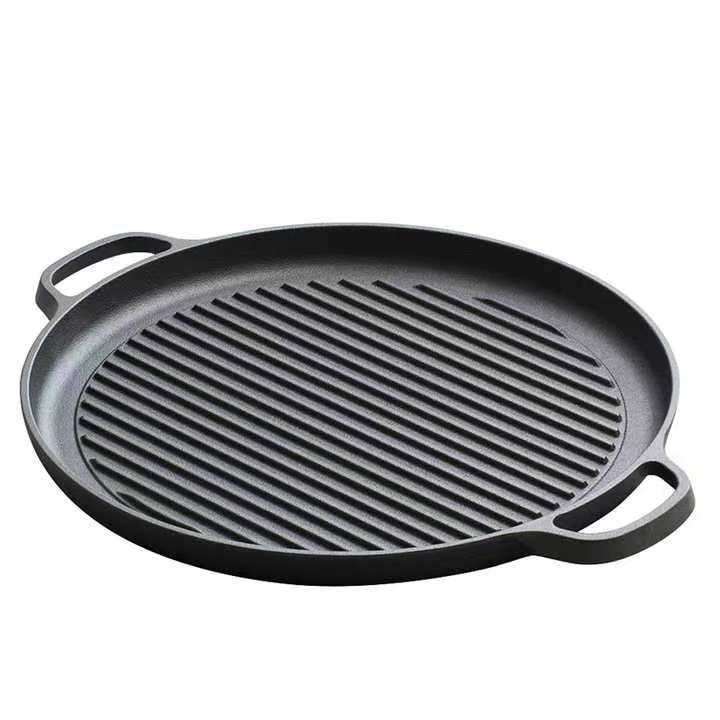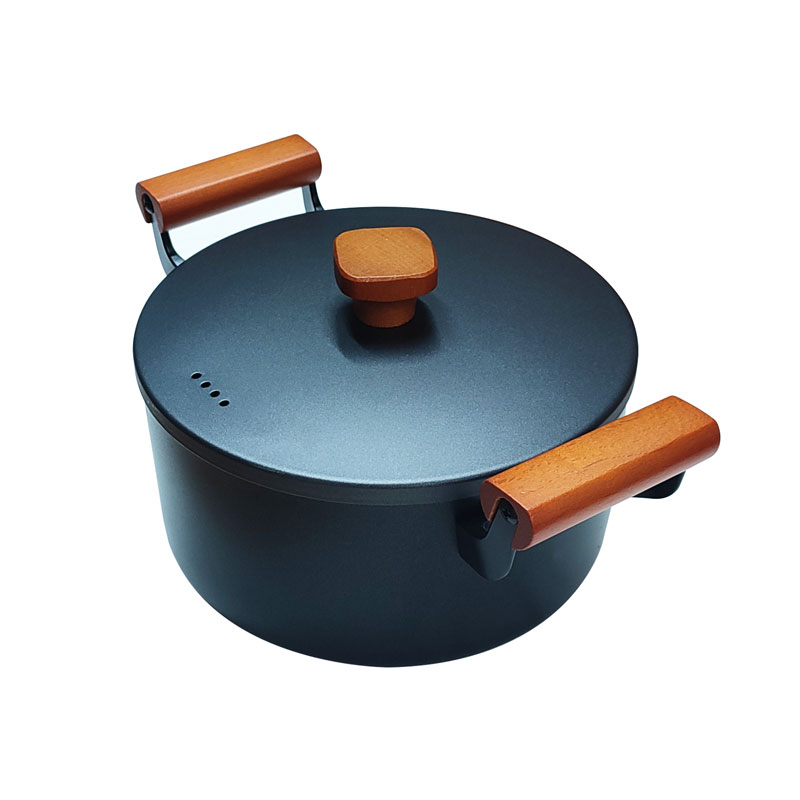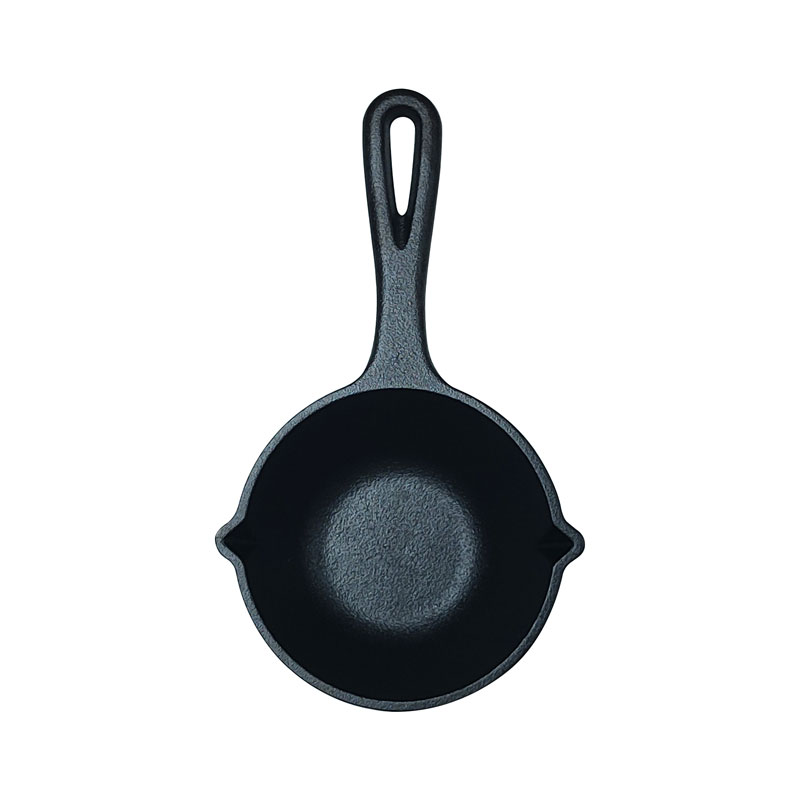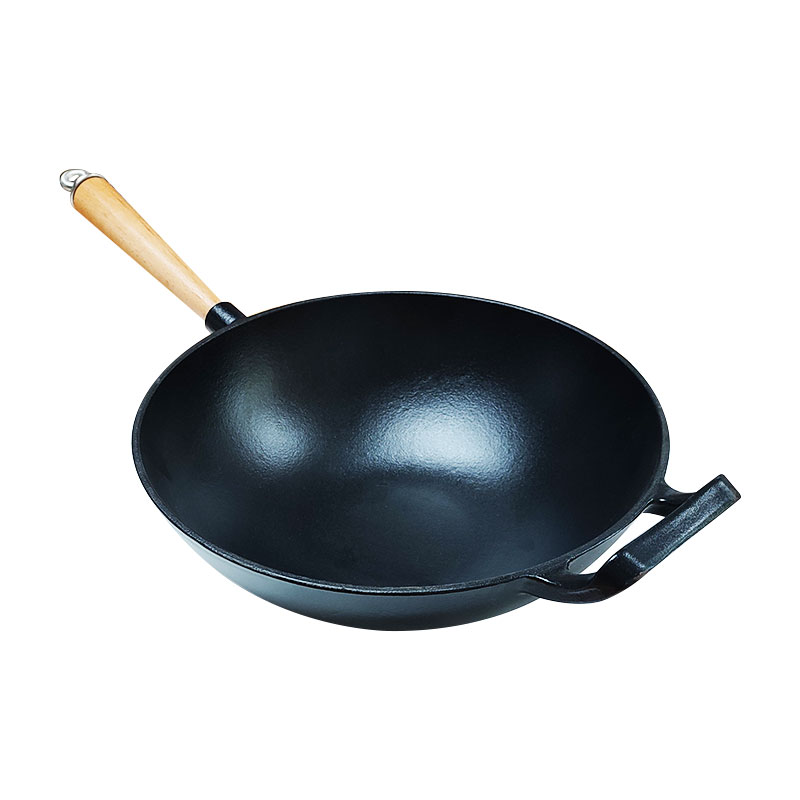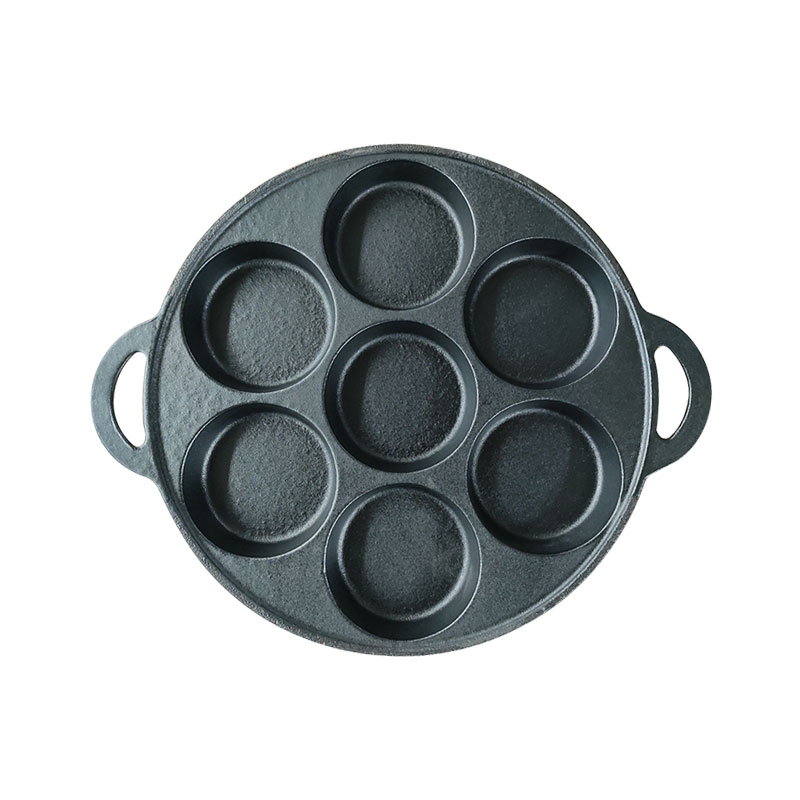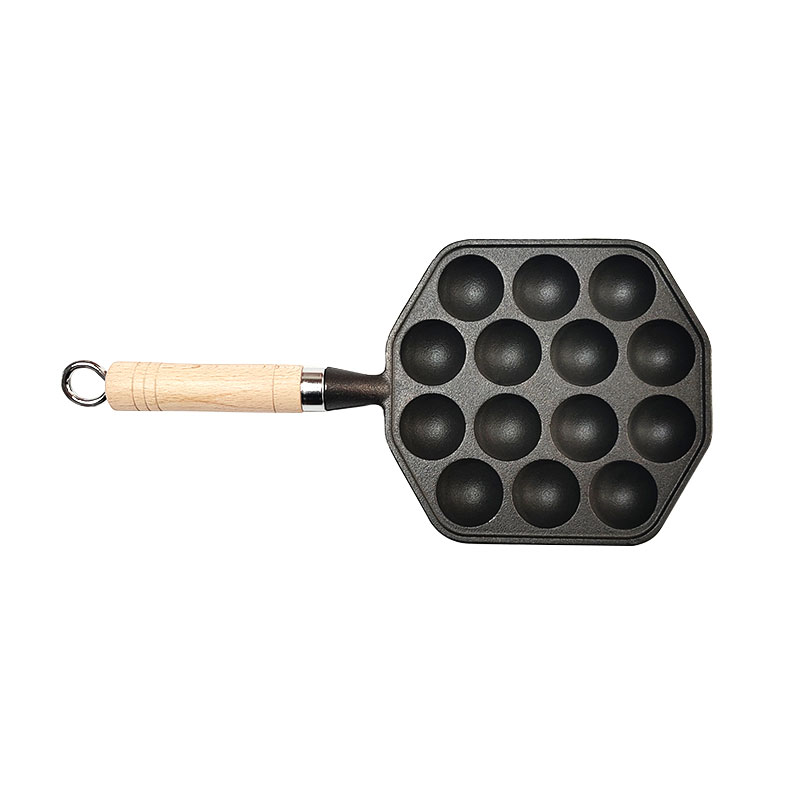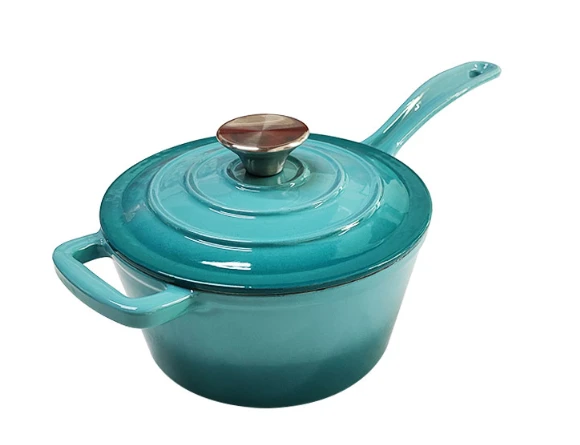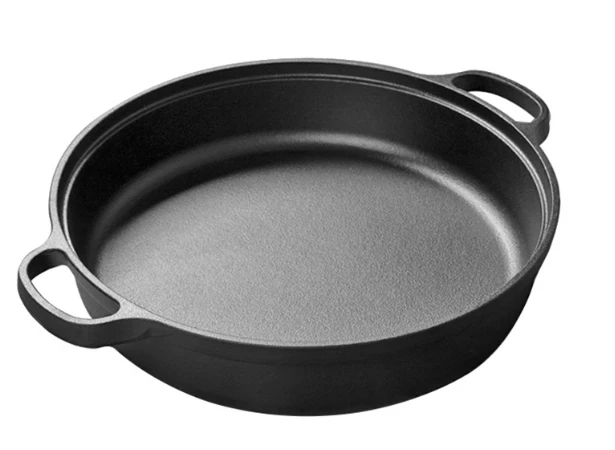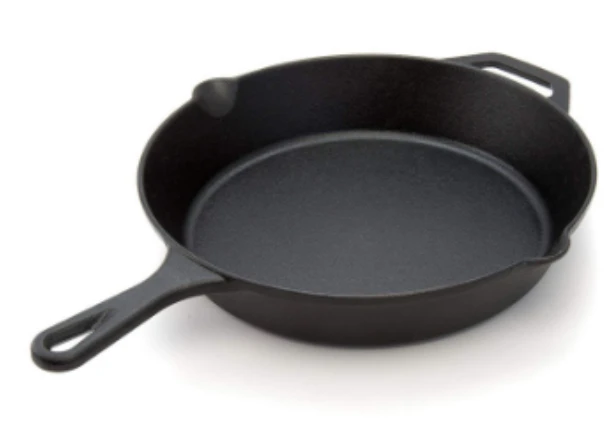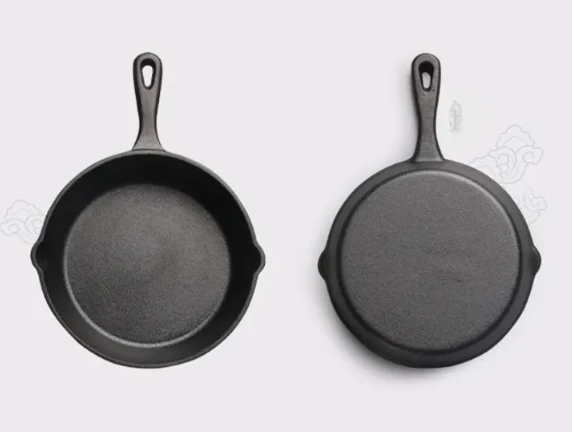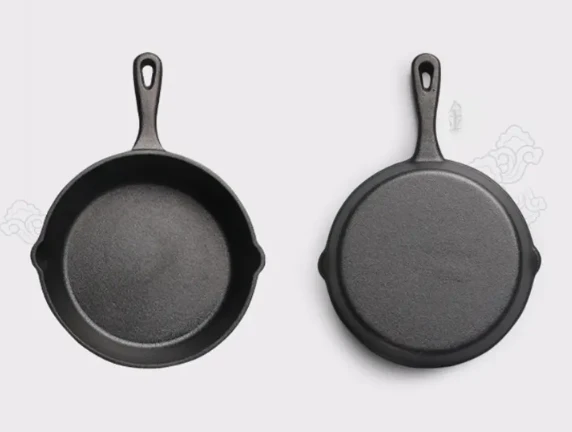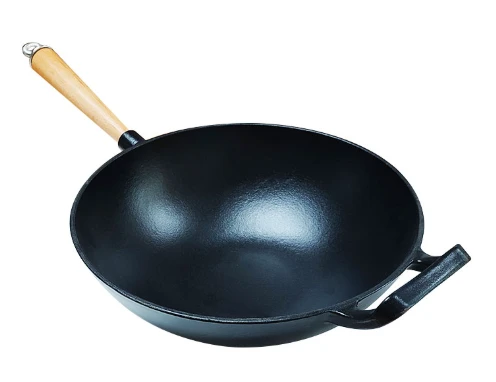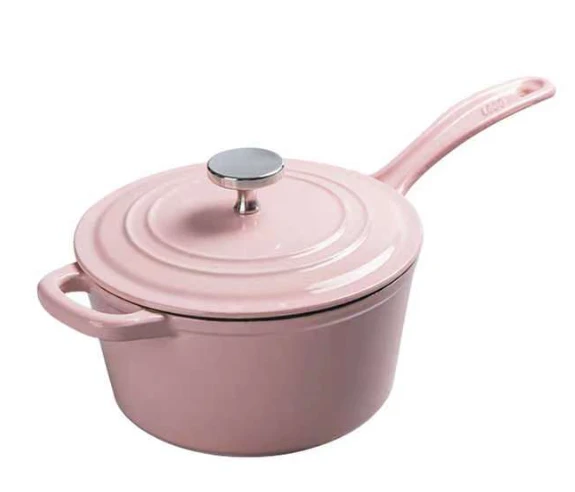- AFRIKANINA
- albaney
- Amharic
- Arabo
- Armeniana
- Azerbaijani
- Baska
- Belarusian
- Bengali
- Bosniaka
- biolgara
- Katalana
- Cebuano
- Korsika
- Kroaty
- TSEKY
- Danoà
- Anarana iombonana
- anglisy
- esperanto
- Estoniana
- Anarana
- FRANTSAY
- Frisian
- galisiana
- Zeorziana
- Anarana
- GRIKA
- Gujarati
- Kreole Haitiana
- Hausa
- Hawaii
- Hebreo
- tsy misy
- Miao
- hongariana
- Anarana
- igbo
- indonezianina
- TENY IRLANDEY
- ITALIANINA
- Anarana
- Javaney
- Kannada
- kazakh
- Khmer
- Rwanda
- Koreana
- Kiorda
- Kyrgyz
- asa
- Latina
- Zavatra tsy
- litoanianina
- Luxembourgish
- Masedoniana
- Malagasy
- Malay
- Malayalam
- Maltais
- Maori
- Marathi
- Mongoliana
- Myanmar
- Nepali
- Norwegian
- Norwegian
- Occitan
- Pashto
- Persian
- Polish
- Portuguese
- Punjabi
- Romanian
- Russian
- Samoan
- Scottish Gaelic
- Serbian
- Sesotho
- Shona
- Sindhi
- Sinhala
- Slovak
- Slovenian
- Somali
- Spanish
- Sundanese
- Swahili
- Swedish
- Tagalog
- Tajik
- Tamil
- Tatar
- Telugu
- Thai
- Turkish
- Turkmen
- Ukrainian
- Urdu
- Uighur
- Uzbek
- Vietnamese
- Welsh
- Bantu
- Yiddish
- Yoruba
Cast Iron Enameled Steak Frying Pan FAQ Guide
What Are the Advantages of an Enameled Cast Iron Steak Frying Pan?


The enamel coating offers a smooth, non-reactive surface that prevents rust and eliminates the need for seasoning. It retains heat exceptionally well and delivers a perfect sear on steaks while being easy to clean.
Can This Frying Pan Be Used on Induction Cooktops?


Yes, the enameled cast iron base is compatible with all heat sources, including induction, gas, electric, ceramic, and halogen cooktops.
Is This Frying Pan Safe for Oven Use?


Absolutely. The pan is oven safe, typically up to 500°F (260°C), making it ideal for finishing steaks or keeping food warm after searing.
How Should I Clean and Maintain the Pan?


Hand washing with warm water and a soft sponge is recommended. Avoid using metal utensils or abrasive cleaners to protect the enamel surface. Dishwasher use is possible but may shorten the enamel's lifespan.
What Makes This Pan Suitable for Wholesale and Fast Delivery?


Manufactured in China with strict quality control, this pan offers excellent durability, consistent quality, and is often available with low MOQ and fast shipping options—ideal for retailers and distributors.


Manontania izao momba ny varotra vy vita amin'ny vy
Fenoy azafady ny taratasy etsy ambany dia hiverina aminao ny ekipanay miaraka amin'ny vidiny, ny antsipirihan'ny vokatra ary ny safidy fanamboarana.










